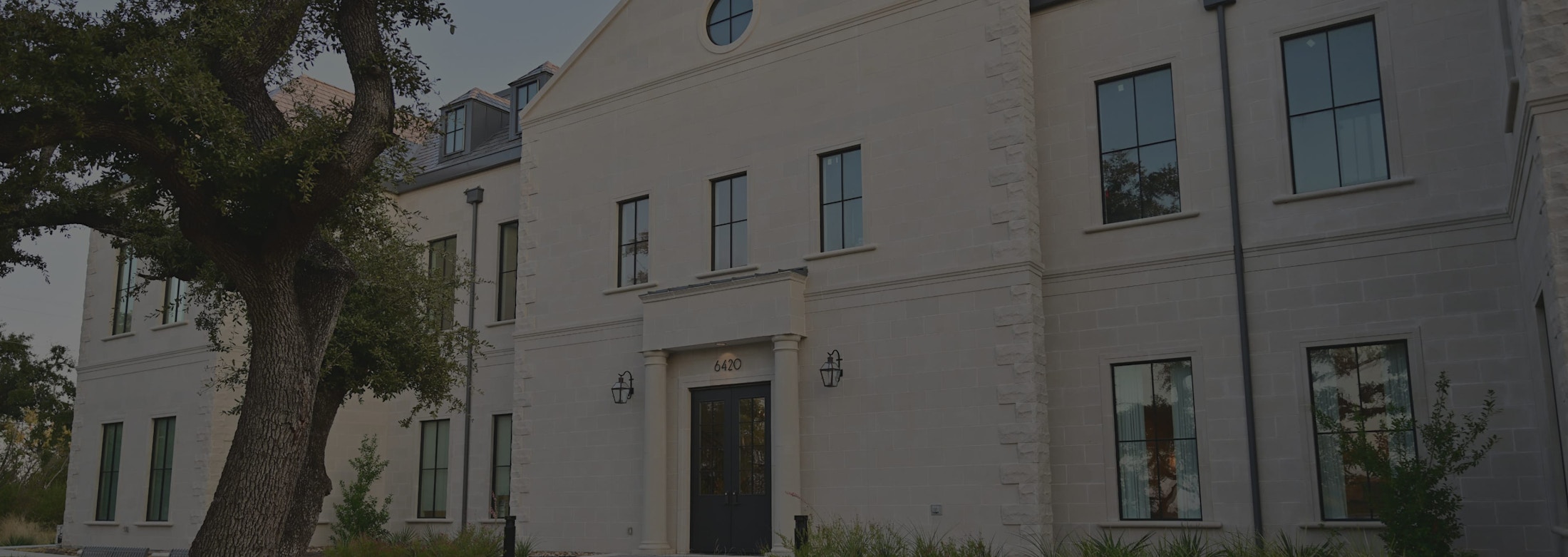The Consultation – Determining Candidates For Facial Fat Transfer
To determine if an individual is a suitable candidate for facial fat transfer, the potential patient needs to schedule a consultation with one of our surgeons. This initial consultation allows the patient to meet the staff, form a patient-doctor relationship, and hopefully begin the transformation process.
During this appointment, the surgeon determines if a prospective patient’s aesthetic desires can be accomplished with just facial fat or if additional treatments are necessary to reach the individual’s goals. The surgeon will also determine which harvest sites should be utilized during the fat removal process. During this initial meeting, the patient has the opportunity to express any concerns and ask questions they have about the procedure.
The surgeon assesses the patient’s overall health, paying special attention to any chronic health issues and current medications. The surgeon may also inquire about previous procedures the patient has undergone for both health and cosmetic purposes. Men and women are equally eligible for a facial fat transfer procedure. However, women who are child-bearing age, and generally women under 40, should wait or consider other options for facial volume replacement.
The procedure's results will be discussed, and any patients that our surgeons take on should have a good understanding of the facial fat transfer process and realistic expectations for the changes it can provide. If it is determined that fat injections are not the ideal approach, the doctor may suggest alternate options.
Commonly, healthy patients with aged faces that appear drawn or hollow, especially under the eyes and in the cheeks, may be good candidates for autologous fat transfer. The aged lower eyelid can create a sharp line of demarcation between the lower eyelid and cheek, referred to as a tear trough. Those seeking to restore volume and vitality to the face may find that this procedure addresses most or all of their cosmetic concerns.















